New versions of Heavy Commercial Vehicle (HCV) and Light Commercial (LCV) manuals come into effect on 15th Jan 2020 and the Commercial Vehicle Information System (CoVIS) has been updated accordingly to reflect these changes. Copies of tester’s manuals are available at the links below.
HCV Testers Manual Version 5.1 (Jan 2020) (PDF)
LCV Testers Manual Version 5.1 (Jan 2020) (PDF)
Tractor Testers Manual Version 1.0 (May 2018) (PDF)
Find out more about these changes below.
This update contains some minor wording changes to the Method of Testing, Notes and Reasons for Failure (RFF).
- Section 3.2. (Condition of Glass) LCV and HCV manuals, updated text to accommodate Advanced Driving Assisted Systems (ADAS) sensor/camera in front windscreen and updated the acceptable limits for Zone C.
- Section 5.2.3. (Tyres) HCV manual, now includes a bonus tyre load of 10% that shall apply to certain category vehicles that are limited to 65 km/h and the tyre speed rating of ‘G’ or higher. An option to use plated weights for tyre load index may also apply.
- Section 6.1.4. (Bumpers, Lateral Protection and Rear Underrun Devices) LCV manual, has now been renamed Bumpers and Bull Bars.
- Section 8.3. (Electromagnetic Interference Suppression) LCV and HCV manuals, now included in the latest versions as per EU Roadworthiness Test Directive 2014/45.
- Section 7.9. (EC Approved tachograph) in the HCV manual is now updated to accommodate ‘Smart Tachograph’ which is mandatory since 15 June 2019.
- Section 9.4.1. (Passenger Seats) in the HCV manual, an additional note has now been included regarding folded seats that do not obstruct any gangway or doorway.
Key changes to the Testing Manuals - 2018
The EU has published a new roadworthiness Directive, which Ireland is mandated to comply with. Failure to do so will mean fines for the Irish Government. Following the introduction of the new EU Roadworthiness Test Directive, the authority has taken this opportunity to make some changes to the tester’s manuals also. The purpose of the tester’s manual is to serve as a reference and guide for CVR testers when they are conducting CVR tests, and so changes are being introduced to ensure that the manuals remain relevant to modern vehicle technologies and are easy to interpret and use.
A summary of the primary changes made to the manuals in 2018 are detailed below;
Introduction of a new tester’s manual for Fast tractors
A new manual is being introduced from 19th May 2018, which sets out the process to be followed for testing a fast tractor within the scope of testing (defined by S.I. 117 of 2018 PDF). Similar to the LCV manual, the new tractor manual consists of 9 sections.
New layout and structure of HCV and LCV tester’s manuals
- New versions of the testers’ manuals for both light and heavy commercial vehicles are being introduced which differ in layout and structure to previous versions of the testers manuals.
- The new testers’ manuals have been restructured in line with the EU Roadworthiness Directive, therefore simplifying the manual into fewer but larger sections. Previous versions of the LCV and HCV manuals had 60 and 71 sections respectively. The new manuals now comprise of 9 logical sections for LCV and 10 sections for HCV.
- The new manual format is as follows (with HCV specific sections labelled. (Download in PDF to view full screen)

Section Contents
With the introduction of the new format, similar test items are now grouped together in one place where you can find the methods of testing, notes and reasons for failure. Section 5 of the tester’s manual provided below as an example. (Download in PDF to view full screen)

Explanation of Manual Sections
Individual sections of all testers’ manuals have now been structured as follows
- Method of testing – The methods of testing are now located at the beginning of each section of the manual. The new methods of testing coupled with the relevant reasons for failure ensure testing is carried out to a consistently high standard utilising best practice.
- Notes – The new testers’ manuals have improved ‘Notes’ that provide clear and relevant guidance to the CVR tester when inspecting a vehicle. The notes were formulated based on common tester queries as well as developments in modern vehicle technologies.
- Check items & Reasons for failure – A table of check items, reasons for failure and severity types is now included after the notes in each section. This is effectively a checklist that the tester can apply to the relevant vehicle systems and components in question.
Here is a page from the new look LCV manual. You can also download this image in PDF to view full screen.
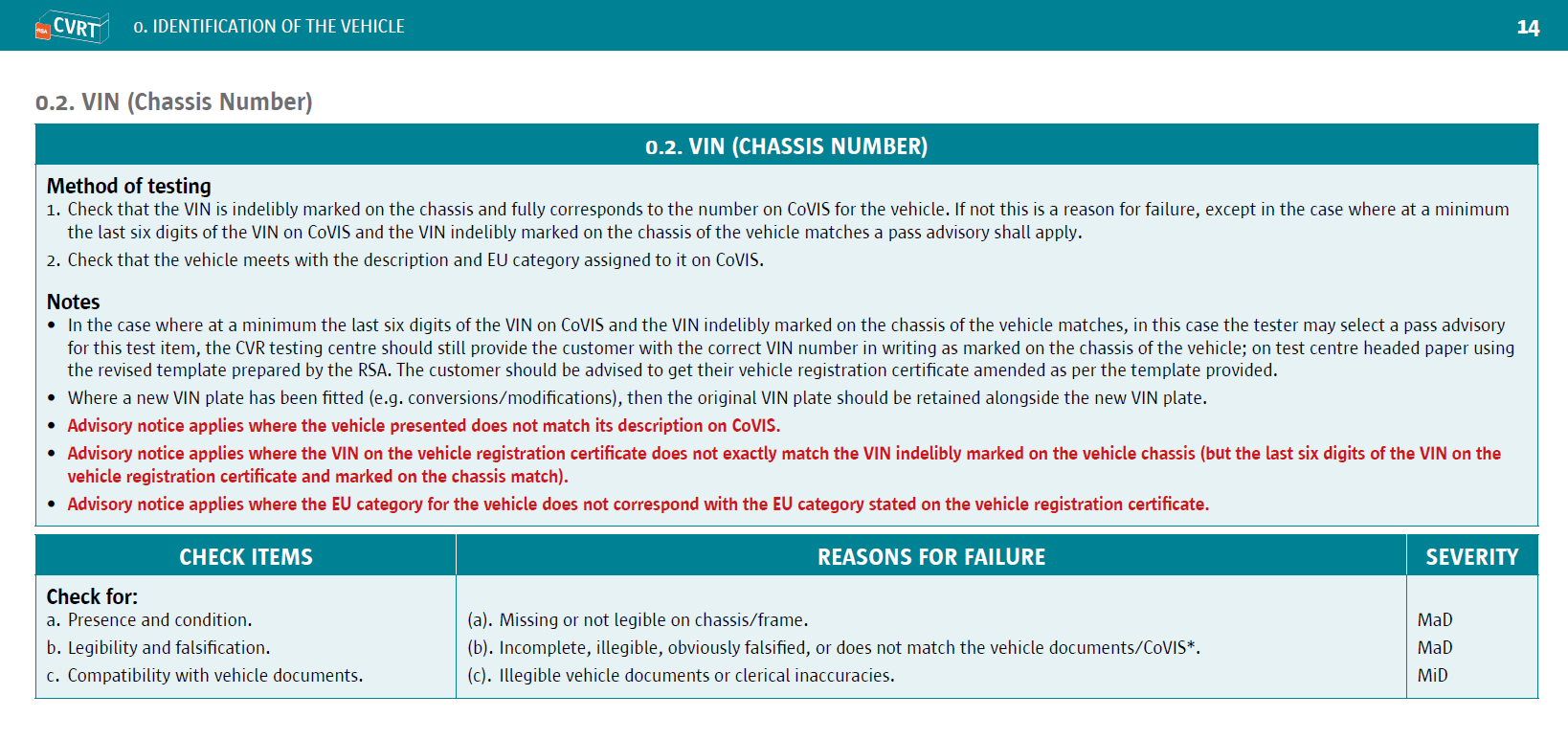
Deficiency Categorisation
Reason for Failures are now classified as minor (MiD), major (MaD) or dangerous (DD) versus ‘X’ convention that was used previously. Descriptions of severities follow.
Deficiencies are categorised into one of the following groups:
- Minor deficiency (MiD); having no significant effect on the safety of the vehicle or impact on the environment and other minor non-compliances. If only minor defects are identified during a test, the vehicle will be deemed “Pass Pending Re-Check”. The pass statement will not issue until the vehicle is represented for a visual inspection with the deficiencies rectified.
- Major defects (MaD); defects that may prejudice the safety of the vehicle, have an impact on the environment, put other road users at risk or other more significant non-compliances.
- Dangerous defects (DD); defects constituting a direct and immediate risk to road safety or having an impact on the environment such that the vehicle should not be used on the road under any circumstances.
Criteria used when making assessment are:
- Component has reached the stage where it is obviously likely to affect adversely the roadworthiness of the vehicle (dangerous).
- Condition of the component has clearly reached the stage at which replacement, repair or adjustment is necessary (major).
Minor Deficiencies
From Saturday 19 May 2018, where only minor deficiency are identified during a Commercial Vehicle Roadworthiness Test and no major or dangerous defects were identified during the test, then your vehicle will not be required to undergo a re-test. However, the registered owner of the vehicle will not automatically receive the Certificate of Roadworthiness (CRW) until the vehicle is represented to the original test centre where the test was carried out and the minor deficiencies have been confirmed as rectified. Some examples of minor deficiencies include:
- Illegible vehicle documents or clerical inaccuracies.
- Demisting/ventilation system (fan) inoperative.
- Horn not working correctly.
Download a full list of Advisory Notices and Minor deficiencies (PDF)
Previously the CVR tester could select either major or dangerous severity on defects found during a CVR inspection. Now the option is removed. Each reason for failure now has a corresponding severity, therefore the tester must now choose the applicable reason for failure.
Technical Changes to the Roadworthiness Test
Updates to the CVR test process consists mainly of system changes. However some minor technical changes have also been introduced. These include;
- Oil Weep – Steering system; Pass advisory now applies where there is a slight oil weep detected in the steering system.
- Moisture in a lamp; If any lamp (headlamp, stop lamp etc.) contains water or moisture this is now considered a minor deficiency. Before it was at the discretion of the tester to categorise such defects as either a minor or major defect.
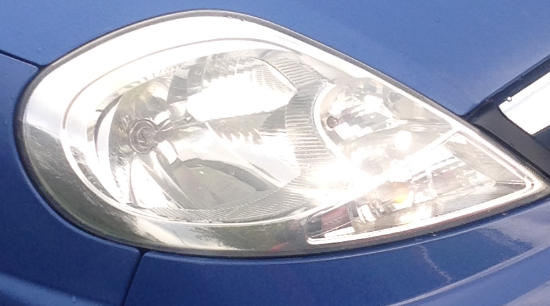
- Tyre tread depth: Where a tyre is found to have less than 1.6mm tread depth in the centre three-quarters of the tread pattern this is now considered a dangerous defect. Previously the tester could classify such defects as either major or dangerous.
Where a vehicle is identified as being dangerously defective during a test, the CVR tester will place a “Fail Dangerous” sticker on the vehicle. It is an offence to drive a dangerously defective vehicle in a public place. 
- Brake pipe defects; In cases where brake pipes are found to be perished, porous, kinked, chafed, damaged or rusted to the extent that the pipe is pitted; Previously it was at the discretion of the tester to classify it as a major or dangerous defect.However this has now been changed to a major defect.
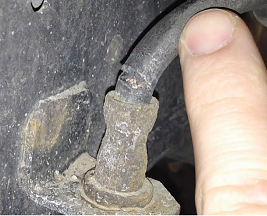
- Doors; Previously where a door could not be shut or opened properly or was liable to open on its own; It was at the discretion of the tester to classify such defects as either major or dangerous. Now the reason for failure is split up into two;
- If a door is missing or is likely to open inadvertently this is a dangerous defect.
- If a door cannot be opened or shut normally this is a major defect.
- Where a vehicle is identified as being dangerously defective during a test, the CVR tester will place a “Fail Dangerous” sticker on the vehicle. It is an offence to drive a dangerously defective vehicle in a public place.
- Electrical sockets; Unlike before, where a towing coupling is fitted to a vehicle, electrical sockets fitted for the purpose of powering lighting systems on a towed trailer are now checked for presence, security and operation.
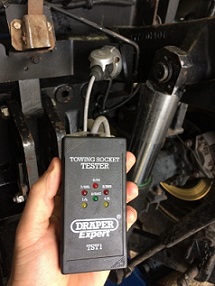
- Wheel embellishers or hub caps: If wheel embellishers or hub caps are not removed for test this is now a major defect.
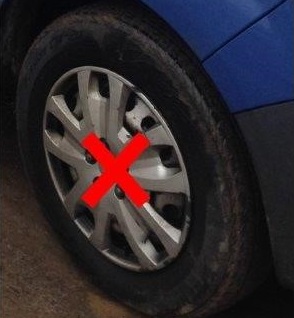

Further Information
If you require further information on any of the above please contact us on 091 872600 or email cvrtadmin@rsa.ie












